Salles A.C.L., Oliveira J.P.G., Ferreira C.E.L, Padula V.
anacarolinaleites@gmail.com
Argonauta Linnaeus, 1758 is composed of five pelagic octopuses species. The genus is distributed in tropical and temperate regions and characterized by the thin white shell produced solely by females. Specialized tentacles with the function of storing eggs and hydrostatic structures which enable neutral buoyancy are also present. Unlike other molluscs, female argonaut are not attached to the shell, which is popularly known as “paper nautilus”. They show extreme sexual dimorphism, males being 10-15 times smaller than females and do not produce a shell. Isolated mass stranding events have been recorded for Argonauta argo Linnaeus, 1758, and A. nodosus Lightfoot, 1786 in different regions of the world. These are similar species but A. nodosus has a shell with more protrusions or nodes with radial and transverse series of intersections while A. argo has sinuous radial ridges, narrow branching, and a V-shaped shell opening. Both species are listed from Brazil but based on punctual records and mostly of empty shells. Between January and February 2021, a mass stranding of Argonauta nodosus was observed in the upwelling region of Cabo Frio, southwestern Atlantic. Many female specimens were observed alive in groups, many in the senescent stages of life. This is the first record of a mass stranding event of A. nodosus along more than 40 years of scientific research and marine biodiversity and fishery monitoring in the region.
